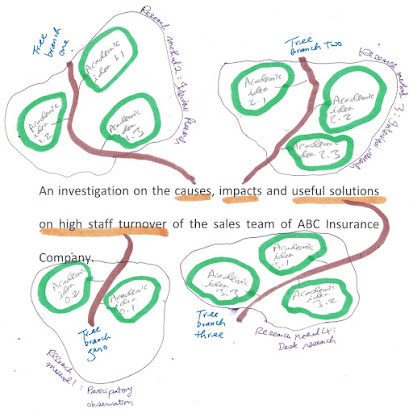Some basic study materials about writing an abstract for a dissertation report done by housing studies students:
1. About abstract writing (video).
2. Example 1
Local housing prices and mortgage refinancing in US cities
Abstract
Purpose
The purpose of this paper is to provide additional evidence that housing prices significantly impact aggregate refinancing and thus directly influence mortgage termination.
Design/methodology/approach
Regression analysis is applied to examine refinancing activity in US cities.
Findings
The evidence shows that positive appreciation in housing prices provides the borrower with positive incentives to refinance in response to the associated increased borrowing capacity when mortgage rates have declined. On the other hand, depreciation in housing prices may depress refinancing.
Research limitations/implications
Housing price movements, not only collateral constraints on refinancing but also the disincentive to engage in cash‐out refinancing caused by depreciation as well as the incentive for cash‐out refinancing brought by appreciation, should be included in modeling total termination risks of mortgage‐backed securities.
Originality/value
In contrast to previous studies, this paper provides empirical support for both the incentive and the disincentive to engage in cash‐out refinancing produced by housing price changes, in addition to support for the traditional collateral constraint effect of housing prices on refinancing.
Keywords
- 3. Example 2
- Nonprofit perceptions of local government performance in affordable housing
- Robert Mark Silverman
- Abstract
- Purpose
- The purpose of this paper is to examine how executive directors of nonprofit organizations perceive local government performance in affordable housing. It builds on a larger body of research concerning the affordable housing activities of government and community‐based nonprofit housing organizations at the local level.
- Design/methodology/approach
- This analysis is based on a national survey of neighborhood housing services (NHS) organizations funded by Neighborworks® America. The survey included questions about local government performance in affordable housing and perceptions of factors influencing local government funding decisions. Survey data were supplemented with information gathered from the Neighborworks® America website.
- Findings
- The findings of this paper indicate that NHS organizations are not completely satisfied with local government performance. Local government performance in affordable housing received lower grades than other levels of government, as well as intermediary organizations and private financial institutions. This dissatisfaction is expressed through nonprofit fields in which these organizations are embedded. These fields have witnessed declining governmental support for affordable housing and expanding influence from philanthropic organizations and the private sector.
- Originality/value
- This paper highlights the need for government to assume a broader and more activist role in affordable housing policy. In essence, government needs to assume a more activist stance and forge stronger partnerships with nonprofits in response to the growing influence of intermediary organizations and the private sector in nonprofit fields. This would temper some of the excesses brought on by the devolution and nonprofitization of affordable housing policy and neoliberal influences on public policy more generally.
- Keywords
- Housing
- Non‐profit organizations
- Local government
- United States of America
- Public policy
- *** A related reading







